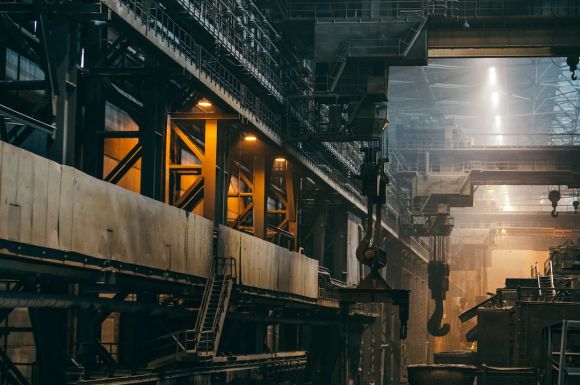The global manufacturing sector has been hit hard by the COVID-19 pandemic, experiencing significant declines in production and demand. However, recent data suggests that the industry is starting to show signs of recovery, providing hope for a brighter future.
Decrease in Output and Demand
In the early months of the pandemic, manufacturing output plummeted as factories shut down and supply chains were disrupted. With consumers staying at home and businesses cutting costs, the demand for manufactured goods also took a hit. This double blow led to a gloomy outlook for the industry as a whole.
Emerging from the Crisis
Despite the challenges faced by the manufacturing sector, there are now glimmers of hope on the horizon. As countries around the world have begun to ease lockdown restrictions, factories have gradually resumed their operations. This has resulted in an uptick in production, signaling a potential recovery for the industry.
Strong Resilience and Adaptability
One of the key factors contributing to the manufacturing sector’s ability to bounce back is its inherent resilience and adaptability. Manufacturers have quickly adjusted their operations to adhere to new safety protocols and guidelines, ensuring the well-being of their employees while maintaining productivity. This agility has been crucial in navigating through the uncertainties brought about by the pandemic.
Shifts in Consumer Behavior
Another encouraging sign for the manufacturing sector is the shift in consumer behavior. As people spend more time at home, there has been a surge in demand for home improvement products, electronics, and home office equipment. Manufacturers who are able to meet these evolving needs are experiencing a boost in sales and production.
Supply Chain Reinvention
The pandemic has also highlighted the need for manufacturers to reinvent their supply chains. The disruptions caused by the crisis have exposed vulnerabilities and inefficiencies in global supply networks. As a result, many companies are now exploring ways to localize their supply chains and reduce their reliance on overseas suppliers. This shift could lead to a more resilient and sustainable manufacturing sector in the long run.
Investments in Technology
The pandemic has accelerated the adoption of technology in the manufacturing industry. From automation and robotics to data analytics and artificial intelligence, manufacturers are embracing technological advancements to improve efficiency and reduce costs. These investments not only enhance productivity but also position the sector for future growth.
Government Support and Stimulus Packages
Governments around the world have recognized the importance of the manufacturing sector in driving economic recovery. Many have implemented stimulus packages and provided financial support to manufacturers, helping them weather the storm and invest in their future. This support has been crucial in facilitating the sector’s recovery.
Conclusion: A Promising Outlook
While the global manufacturing sector still faces challenges ahead, there are clear signs of recovery emerging. The industry’s resilience, adaptability, and willingness to embrace change have positioned it well to navigate through this crisis. As consumer behavior continues to evolve and new technologies are embraced, the manufacturing sector has the potential to emerge stronger and more resilient than ever before. With continued government support and a focus on innovation, the future looks bright for the global manufacturing sector.





